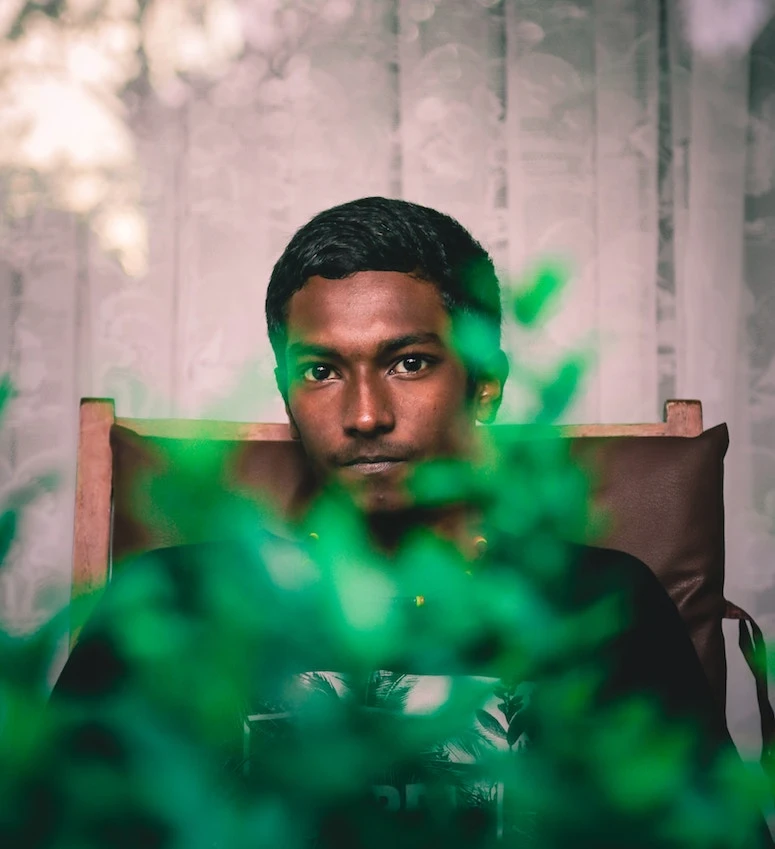CONCURSO FOTOGRÁFICO / PHOTO CONTEST
El IES Juan de la Cierva participa en un proyecto nacional para trabajar el Patrimonio Industrial con dos centros de otras comunidades, el IES Politécnico Jesús Marín (Málaga) y el IES EL PALMERAL (Orihuela).
Dentro del ámbito de actuación del proyecto y en colaboración con la AFA del IES Juan de la Cierva, se convoca este concurso fotográfico, que se regirá por las siguientes bases:
1. Objetivo: Mejorar el conocimiento del patrimonio industrial de Madrid.
2. Participantes: El concurso está dirigido al alumnado del IES Juan de la Cierva. Cada participante podrá presentar una fotografía representativa del patrimonio industrial de Madrid, tanto edificios como maquinaria.
Se establecen 2 categorías:
Alumnos de ESO y FP Básica
Alumnos de Bachillerato y ciclos formativos de grado medio y superior.
3. Presentación de proyectos:
Las fotografías deberán enviarse en formato JPG a la dirección de correo electrónico del AFA: apajcierva@gmail.com poniendo en el asunto CONCURSO FOTOGRÁFICO.
Se deberá indicar en el correo el nombre y apellidos del alumno, curso al que pertenece, así como una pequeña descripción de lo que representa la fotografía presentada. La fecha límite de recepción de propuestas será el día 1 de marzo de 2024.
4. Jurado y veredicto: El Jurado estará compuesto por los coordinadores del proyecto, profesorado del departamento de dibujo y representantes del AFA.
El veredicto se notificará por correo electrónico al ganador y se hará público en la página web del centro.
5. Derechos de propiedad:
Los ganadores del concurso ceden todos los derechos de las fotografías presentadas al IES Juan de la Cierva, por lo que el centro pasará a ser propietario de todos los derechos de propiedad intelectual que pudiesen corresponderle, así como de su “copyright”. De la misma forma se ceden también los derechos de manipulación, edición, exposición y reproducción.
El ganador se hará totalmente responsable frente a las reclamaciones que pudieran surgir de cualquier naturaleza o que terceros pudieran hacer al respecto, sin carácter exhaustivo, a la originalidad, parecidos o copias parciales de los trabajos presentados.
6. Premio: Se establecen dos premios para cada categoría valorados en 100€ y 50€.
La entrega de premios se realizará en los actos de graduación.
INDUSTRIAL HERITAGE IN ARGANZUELA
ESTACIÓN DE ATOCHA
INDUSTRIAL HERITAGE IN MADRID
Text and photography by: Mercedes Gómez from the blog Artedemadrid.wordpress.com
Translation by: Noelia Calle
Here are six examples that the Community of Madrid presented in the Exhibition Hall of the Royal Tapestry Factory, a former workshop, for the exhibition "100 elements of Industrial Heritage in Spain": The urban-industrial complex of Nuevo Baztán, a village full of uniqueness and charm; the winery and cellars of the Real Cortijo de San Isidro in Aranjuez; the hydraulic complex of the Canal de Isabel II; and in the city, Metro de Madrid, the former Fábrica de Cervezas El Águila, and the exhibition venue itself, the Real Fábrica de Tapices.
The most beautiful thing is that the chosen places in Madrid can be visited.
The El Águila Beer Factory








































































